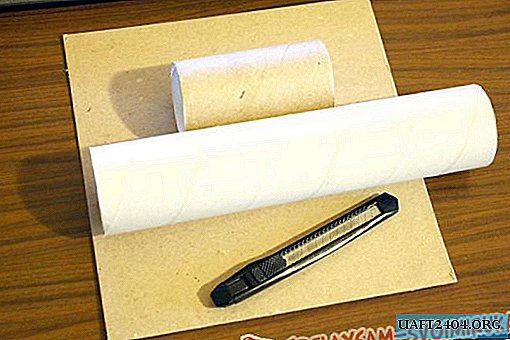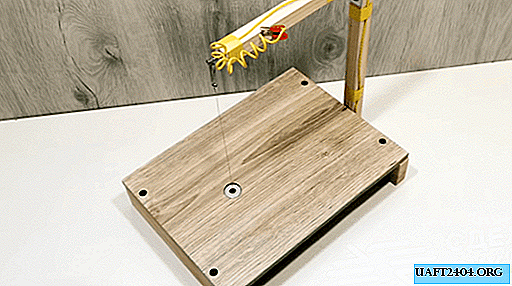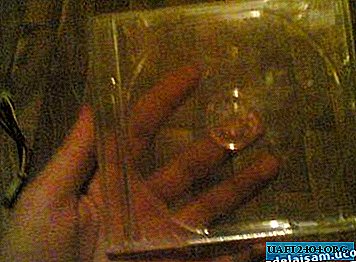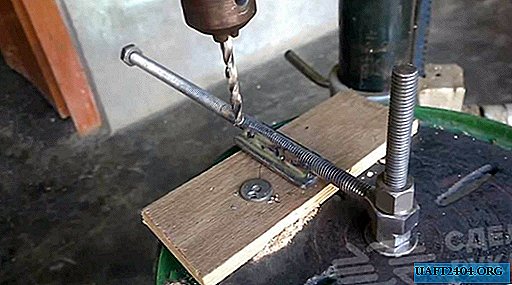Share
Pin
Tweet
Send
Share
Send
It is not necessary to measure the parameters of the electric circuit with a tester, in many cases it is more convenient to do with a universal probe that infects the presence of these parameters by means of light signals. This is quite enough for convenient and safe work with electrical circuits.
The considered indicator probe circuit does not contain batteries. Instead of the energy commonly used in battery probes, it uses the energy of a charged capacitor.
Functionality
The probe allows you to control the presence of AC and DC voltage in the range from 24 to 220 V, to carry out the continuity of the electrical circuit with a resistance of up to 60 kOhm and determine the polarity in DC circuits.
When the XP1 and XP2 probes are connected to a direct current source in accordance with the input polarity, the green LED HL1 lights up, indicating not only the presence of a constant voltage in the controlled circuit, but also the presence of a plus at the touch point of the XP1 probe.
Changing the polarity on the probes to the opposite causes the red LED HL2 to light up, which, in addition to the presence of voltage, indicates contact with the plus of the probe HP2.
When monitoring AC voltage, both LEDs light up at the same time.
The continuity of the circuit during a call is indicated by the illumination of the red HL2 LED.
This information can be obtained with just two LEDs built into this simple indicator probe.
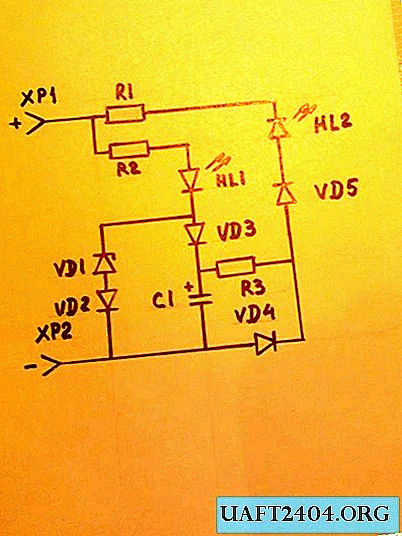
Probe design.
Radio components To implement the device, you need to purchase or find in your inventory the following details:
Resistors R1-220 kOhm and R2-20 kOhm, power 2W, R3-6.8 kOhm;
LEDs HL1 - AL 307G, HL2 - AL 307B;
Diodes KD2 - VD5 - KD103 (possible replacement of KD 102);
Zener diode VD1 - KS222ZH (possible replacement of KS220Zh, KS522A);
Capacitor C1 - K50-6 1000x25.
Body. The choice of the case should be given special attention - the convenience of working with a probe depends on its configuration and dimensions. Let's consider two options of cases. In the first version, the relay cover is used, in the second - the case of an unknown gadget.

In the cases, holes are made for the output of the wire with the XP2 probe, LEDs are installed (only for the first option) and XP1 probes are attached.
Pay. The dimensions of the case determine the geometry of the board. Mounting can be mounted, but it is not difficult to do on a printed circuit board. All radio components (except the LEDs in the first version) are mounted on a board that is mounted inside the case.
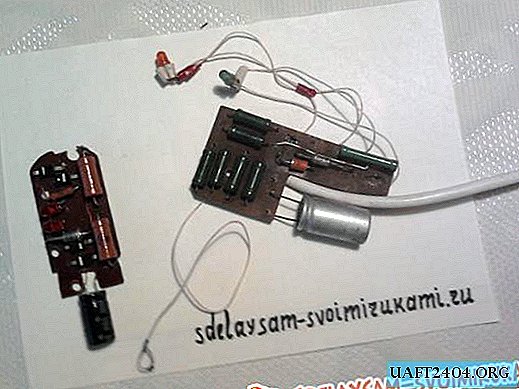

After installing the board in the case and soldering the conductors to the XP1 and XP2 probes, the probes - indicators are ready to work. The device does not need to be adjusted.
The charge time of the capacitor of the probe at a voltage in the range of 220-24V is 3-25 seconds. The discharge time of the capacitor with a short circuit of the probe probes is at least 2 minutes.

Share
Pin
Tweet
Send
Share
Send


